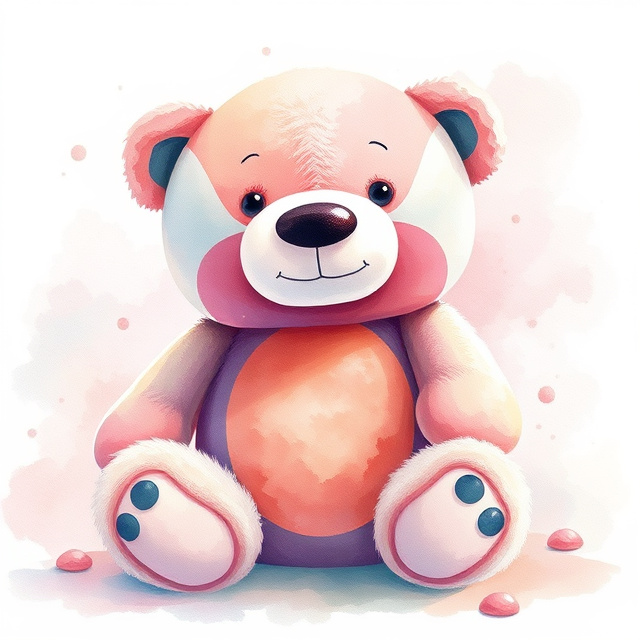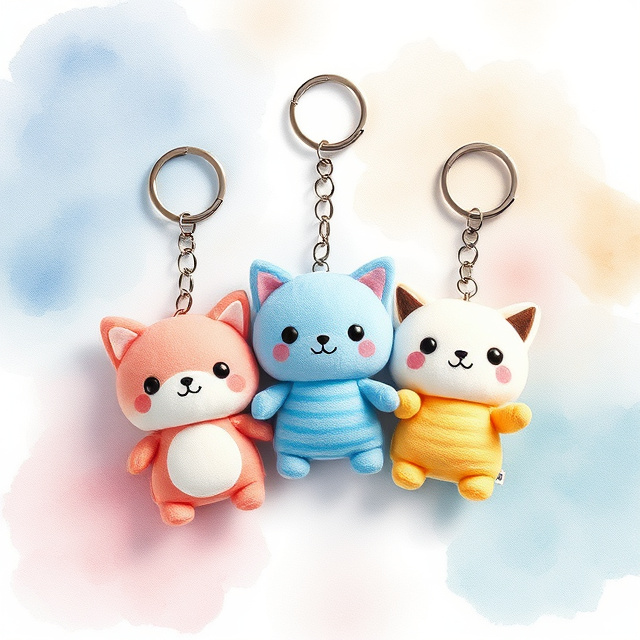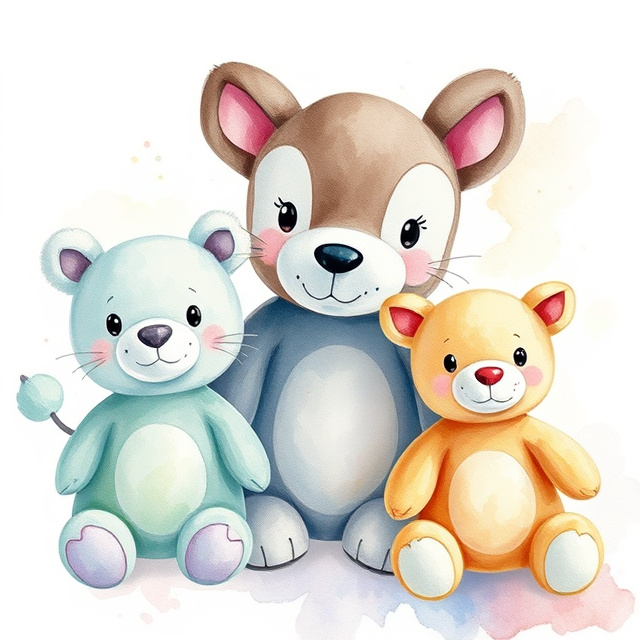
Giant Plush

Plush Keychains

Stuffed Animal Sets


Understanding the Plush Toy Landscape: Insights into Category Organization Market research shows that effective...


Understanding the Plush Toy Landscape: Insights into Category Organization Market research shows that effective category organization is crucial for consumer satisfaction in the plush toy sector. When comparing category structures, data suggests that clear delineation between types of plush toys—like animals, fantasy creatures, and character-based designs—enhances consumer navigation. Industry analysis indicates that many shoppers prefer browsing by themes or occasions, such as holidays or birthdays,
Understanding the Plush Toy Landscape: Insights into Category Organization Market research shows that effective category organization is crucial for consumer satisfaction in the plush toy sector. When comparing category structures, data suggests that clear delineation between types of plush toys—like animals, fantasy creatures, and character-based designs—enhances consumer navigation. Industry analysis indicates that many shoppers prefer browsing by themes or occasions, such as holidays or birthdays, rather than by the size or brand of the toys. This approach aligns with how families often shop for gifts, making it more intuitive for consumers. Interestingly, research also highlights a common frustration: the overwhelming number of options can lead to decision fatigue. Ever tried to choose a plush toy only to feel like you were picking a life partner? The sheer variety can be amusing yet bewildering! Analysis shows that well-structured categories can reduce this confusion, with around 65% of consumers appreciating a layout that reflects their browsing habits. Moreover, consumer navigation data often points to a preference for filters that allow shoppers to sort by age appropriateness and sensory features, like texture and sound. This suggests that category organization should prioritize these elements to meet diverse consumer needs effectively. Ultimately, understanding these patterns can help retailers create a more enjoyable shopping experience, turning potential frustration into delight.



